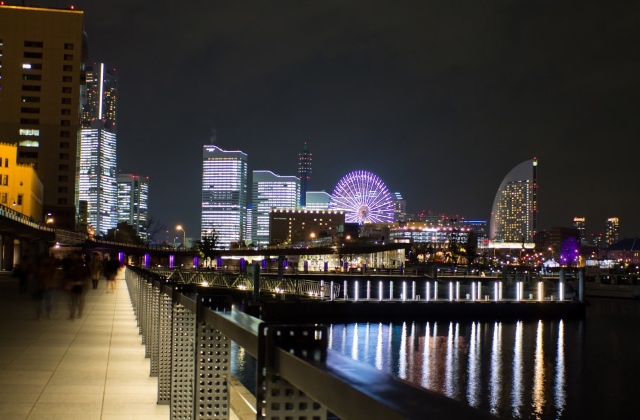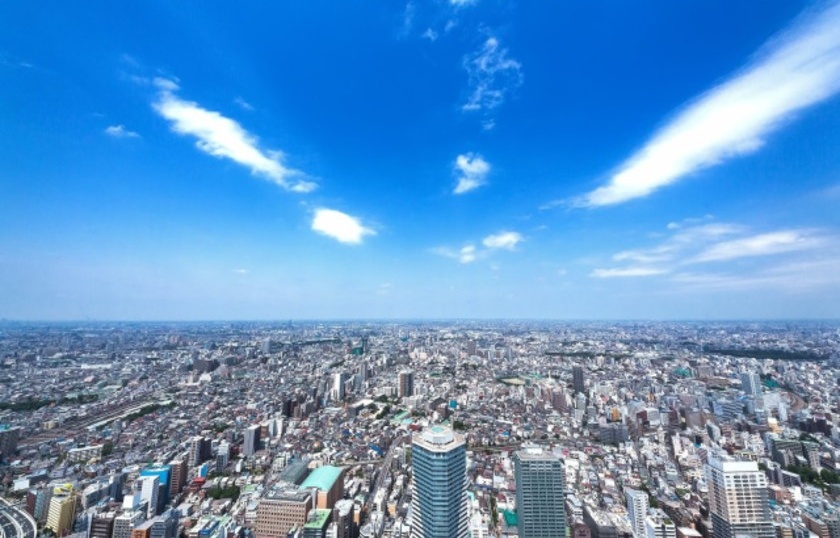More Foreign Than Japanese Residents in 2019
The Tokyo area welcomed more new foreign residents than Japanese citizens last year, marking the first time for the foreign population to increase faster than the Japanese one for the area since the ministry began separating such demographic data in 2012.
By SoraNews24
https://soranews24.com/2020/08/10/the-tokyo-area-welcomed-more-new-foreign-residents-than-japanese-ones-last-year/
According to the just-released results of a study by the Ministry of Internal Affairs and Communications, the total population of Tokyo, Kanagawa, Saitama, and Chiba grew to 36,754,193 during 2019, a 0.37-percent increase over the previous year. Out of those new residents, 67,301 were Japanese citizens, but the bigger increase came from the 68,161 foreigners who started calling those parts of Japan their home.
In relative terms, the Japanese population of the “Tokyo metropolitan area” (as the survey described the city and its prefectural neighbors) was up just 0.19 percent, while its foreign population grew 6.23 percent, a rate more than 32 times faster. This marks the first time for the foreign population to increase faster than the Japanese one for the area since the ministry first began separating such demographic data in 2012.
The foreign population increased in Tokyo and all three of the prefectures individually as well. The largest gain was in Yokohama, two cities south of Tokyo, which welcomed 6,501 new foreign residents, likely due to having educational and economic opportunities of its own, as well as being within a commutable distance to offices and schools in Tokyo (the recent addition of a life-size Gundam to the Yokohama harbor front probably didn’t hurt the city’s attractiveness either).
Yokohama was followed by Kawasaki, the city sandwiched between Tokyo and Yokohama, with 3,975 new foreign residents, and in third was Kawaguchi in Saitama Prefecture (2,776 people), with both towns providing convenient access to downtown Tokyo but with more affordable costs of living. Within Tokyo itself, the largest increases in foreign residents were in Edogawa and Adachi Wards, both among the less expensive of the city’s 23 central wards.
However, the ministry’s report was based on residency registrations as of January 1, meaning that it reflects the situation from before the start of the coronavirus outbreak in Japan. Between immigration restrictions (as a by-product of international travel restrictions) currently in place and work being harder to come by during the economic downturn, especially in the service sector in which many foreign students work part-time to finance their study-in-Japan endeavors, Tokyo’s foreign population has dipped from 577,000 on January 1 to 559,000 as of July 1, and may continue to decline should more expats leave Japan to seek greater stability and support in their countries of citizenship.
Related stories:
Five of the worst areas to live in and around Tokyo
Japanese breast size study shows rapid growth in previously smallest-busted region of county
Starbucks close to total Japan domination
Roughly one in eight of Tokyo’s new adults is foreign-born, study shows




